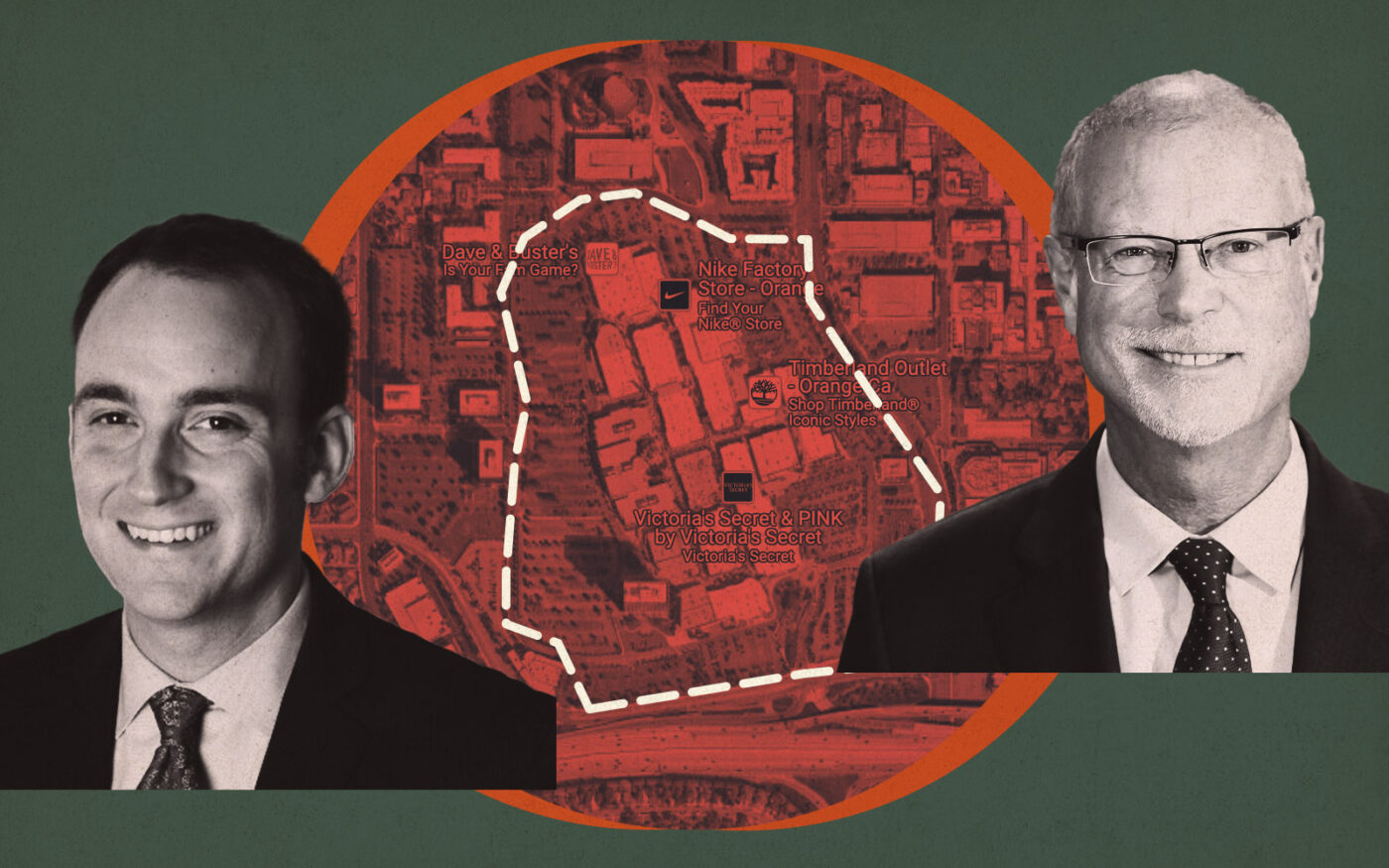 Fullerton settles with state to produce compliant housing element
Fullerton settles with state to produce compliant housing element
Trending
Realtor-backed group challenges City of Orange housing plan
Lawsuit questions plan for 3,000 homes on parcels off-limits to residential development

The Realtor-backed Californians for Homeownership has challenged a state-approved housing plan from the City of Orange that includes thousands of homes in areas off-limits to residential development.
The Los Angeles-based nonprofit filed a lawsuit seeking a court order that Orange revise its “housing element” plan, alleging the city included mall parking lots and other parcels with deed restrictions that forbid housing, the Orange County Register reported.
Californians for Homeownership, backed by the California Association of Realtors, has filed 21 lawsuits challenging local housing plans throughout the state, including Beverly Hills, Fullerton, La Cañada Flintridge, Claremont and La Mirada.
The prohousing group accused Orange of including nine encumbered parcels in its housing plan without proof that their current uses will end by the end of the decade.
The sites account for 3,211 of the 3,936 new homes in the city’s eight-year housing blueprint hrough 2029. At least 1,671 of those homes must be affordable for low-income residents.
“The city’s housing element relies on non-vacant sites to satisfy over 50 percent of the city’s lower-income (housing goals),” the lawsuit states. “The city did not (provide) substantial evidence that (the existing) uses are likely to be discontinued.”
The lawsuit contends that the city must prove those sites truly can be redeveloped before the current plan expires in October 2029.
“I don’t know whether these sites are good or bad. What I do know is that the city has not produced the evidence … to demonstrate whether or not (the parcels are) good or bad,” said Matthew Gelfand, an attorney for Californians for Homeownership. “And without that evidence, that housing element is not substantially compliant with state law.”
State housing officials had raised questions about the Orange plan over deed restrictions on some Orange sites last spring, but approved the plan after city officials provided “additional owner outreach (and) updated analysis,” according to state records reviewed by the Register.
The sites include parking lots at the Outlets of Orange mall at 20 City Boulevard West, subject to a recorded declaration maintaining them as parking lots through 2047.
They include parcels at the City Town Center 3743 West Chapman Avenue that a recorded declaration commits to retail for 65 years.
They also include parcels at the Stadium Promenade and Century Stadium shopping center and cinema at 1701 West Katella Avenue now subject to covenants barring residential use through 2044.
Orange City Attorney Mike Vigliotta declined to comment about ongoing litigation, as did a spokesman for the state Department of Housing and Community Development.
Before the state certified the city’s housing plan on Jan. 2, developers filed four applications seeking to build 696 homes under builder’s remedy, a state housing loophole that allows developers to bypass zoning rules in cities that haven’t certified their plans if they contain at least 20 percent affordable housing.
The builder’s remedy applications include a proposal by Integral Communities to build 209 townhomes and granny flats behind the Village of Orange mall.
They also include a proposal by Stonefield Development to build 138 apartments in 11 three-story buildings, plus a self-storage building at the “Chapman-Yorba” site along Santiago Creek.
Milan REI X , an affiliate of Milan Capital Management, pitched a builder’s remedy plan to build 118 townhomes at the Mara Brandman Horse Arena on East Santiago Canyon Boulevard. It also filed a similar application to build 231 houses, townhomes and apartments at the Sully-Miller sand and gravel quarry.
City planners have pushed back with laundry lists of corrections needed for those projects. In three of those plans, the city still requires developers to get a zoning change and general plan amendment despite the builder’s remedy provision in state housing law.
The city’s assertion is similar to those struck down by Los Angeles County judges in builder’s remedy cases filed against the cities of Los Angeles and La Cañada Flintridge.
“Right now, they’re saying that we still need to file a zone change and a general plan amendment,” John Stanek, a partner at Newport Beach-based Integral Communities, told the Register. “My legal team’s preparing a response.”
— Dana Bartholomew
Read more
 Fullerton settles with state to produce compliant housing element
Fullerton settles with state to produce compliant housing element
 Builder’s remedy test case heats up in Beverly Hills
Builder’s remedy test case heats up in Beverly Hills
 Court issues major builder’s remedy ruling on La Cañada Flintridge
Court issues major builder’s remedy ruling on La Cañada Flintridge




